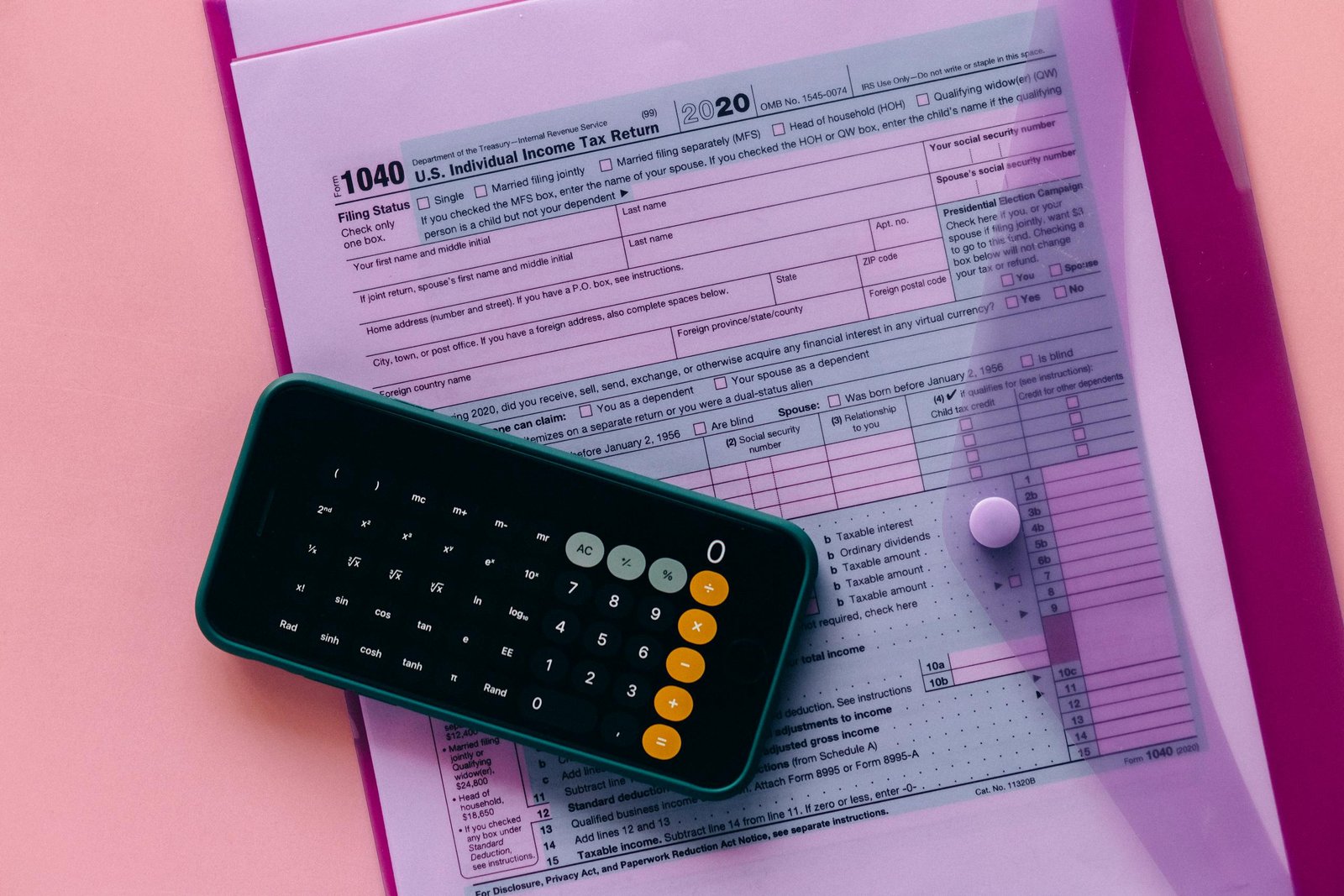Convert Indian Units
Easily convert traditional Indian units like Bigha, Gaj, Tola to modern measures (meters, acres). Supports Indian languages. Get quick approximations now!
Indian Units Converter
Decoding Bigha, Gaj, and Tola? Our Indian Unit Converter Helps Bridge the Measurement Divide!
Imagine this scenario: You’re discussing family property with an older relative, or perhaps examining an old land title. Suddenly, terms like “dus Bigha zameen” (ten Bighas of land), “char Gaj ka kapda” (four Gaj of cloth), or “do Tola chandi” (two Tolas of silver) surface. You might pause, trying to mentally translate – how much is that in today’s meters, acres, or grams?
India possesses a vibrant history, which includes a fascinating array of traditional measurement units. Before the metric system gained universal acceptance, units such as Gaj, Hath, Kosa, Bigha, Guntha, Tola, Ser, and Maund were commonplace. These measures were deeply integrated into daily activities, trade, and farming, often deriving from intuitive concepts like the span of a forearm (Hath) or the distance one could cover while shouting (Kosa).
The Lingering Presence of Traditional Measures
Even now, in our era of meters and kilograms, these older units persist. You might encounter them in:
- Real Estate Documents: Historical land deeds and inheritance papers frequently utilize traditional area units like Bigha, Guntha, or related regional variants like Kanal.
- Local Commerce: Particularly in rural areas or for specific goods like grains, traditional weight units such as Ser or Maund may still be employed.
- Everyday Conversations: Elders or community members might naturally refer to distances, land dimensions, or weights using these familiar, historical terms.
- Valuable Commodities: The pricing of precious metals, notably gold, remains commonly quoted per Tola.
However, converting between these legacy units and contemporary measurements can be perplexing. Unlike standardized international systems, traditional Indian units often exhibited significant regional variation – sometimes differing even between adjacent villages! A ‘Bigha’ in Uttar Pradesh, for example, might not represent the same area as a ‘Bigha’ in West Bengal or Rajasthan. This inherent variability presents a key challenge.
Navigate Measures with Ease: Introducing Our Indian Unit Converter!
To assist you in rapidly understanding these traditional measurements, we have developed a user-friendly online tool: the Indian Unit Converter. This utility enables conversions between common traditional Indian units and modern metric (meters, kilograms, square meters, hectares) or imperial (feet, acres) standards, rendering those historical figures immediately comprehensible in familiar terms.
It’s intentionally designed for simplicity and speed, ideal for quick verification during property discussions, interpreting old family recipes, or simply fulfilling your curiosity about India’s measurement heritage.
Using the Indian Unit Converter – It’s Simple!
Performing a conversion requires just a few straightforward actions:
- Access the Converter: Open the tool’s web page within your browser.
- Set Your Language: Locate the language selector dropdown menu, usually near the top. Select your preferred Indian language (e.g., Hindi, Bengali, Marathi, Tamil, Telugu, Gujarati, Punjabi, Malayalam, Odia) or stick with English. The tool’s interface text will update accordingly.
- Choose Measurement Type: Use the dropdown labeled “Select unit category” to specify whether you’re converting “Length,” “Area,” or “Weight.” This refines the unit choices in the subsequent dropdowns.
- Input the Figure: In the designated input field (“Enter value”), type the numerical value you wish to convert.
- Select Starting Unit: Using the dropdown beside the input field, choose the traditional (or modern) unit you’re converting from (e.g., Bigha, Gaj, Tola).
- Select Target Unit: Using the dropdown next to the output field, choose the unit you want to convert to (e.g., Square Meter, Meter, Kilogram).
- Initiate Conversion: Click the prominent “Convert!” button.
- View the Outcome: The resulting converted value will instantly display in the output field.
Helpful Feature: The “Swap Units” Button!
Need to reverse the conversion? Or perhaps see how many Gaj are in 50 meters? Simply click the “Swap Units” button. This action interchanges the units selected in the input and output dropdowns, also swapping the values, allowing for effortless reverse conversions.
Units Available for Conversion
The tool supports a variety of units across three primary categories:
- Length: Convert between traditional measures like Gaj (roughly equivalent to a yard or 3 feet), Hath (forearm length, about 1.5 feet), and the longer Kosa (a variable traditional distance, often 2-3 km), alongside modern Meters and Feet.
- Area: Address land measurements such as Bigha (offering common approximate “Pucca” and “Kutcha” variations to acknowledge regional differences), Guntha (prevalent in parts of Western and Southern India), and standardized Acre and Hectare, converting to/from Square Meters. Note the crucial disclaimer below.
- Weight: Make sense of traditional weights like Tola (still standard for gold/silver), Ser (historically used for commodities, varying but often near 1 kg), and the larger Maund (typically 40 Sers), converting to/from Grams and Kilograms.
A Vital Disclaimer Regarding Variability
It is imperative to recognize the disclaimer associated with this tool: Traditional Indian units exhibit significant variations based on region, the specific commodity being measured, and the historical era.
The conversion factors employed by this tool rely on common approximations or definitions prevalent in certain areas. For any legal matters, property transactions, or precise historical analysis, you must independently verify the exact definition of the unit applicable to that specific location, document, or context. Our converter serves as an excellent resource for general understanding, quick estimations, or following conversations, but it cannot replace official land surveys or authenticated local conversion standards where absolute accuracy is paramount.
How This Converter Benefits You
Beyond providing numerical conversions, this tool helps you:
- Connect with Your Heritage: Better understand the measurements used by older generations.
- Interpret Historical Documents: Gain clarity on land records or other texts using traditional units.
- Improve Communication: Easily follow discussions that incorporate these historical measures.
- Fulfill Curiosity: Quickly grasp the modern equivalents of traditional Indian units.
By offering translations, we aim to deepen this connection, enabling exploration of these measures in your most comfortable language.
Begin Converting Today!
Making the connection between historical and contemporary measurements is now more accessible. Whether you are a student exploring history, a professional encountering old records, or merely someone intrigued by Indian culture, our Unit Converter stands as a valuable aid.
Experiment with it, explore the diverse units and categories, and cultivate a greater appreciation for the traditional systems of measurement that remain an integral part of India’s unique cultural landscape!







